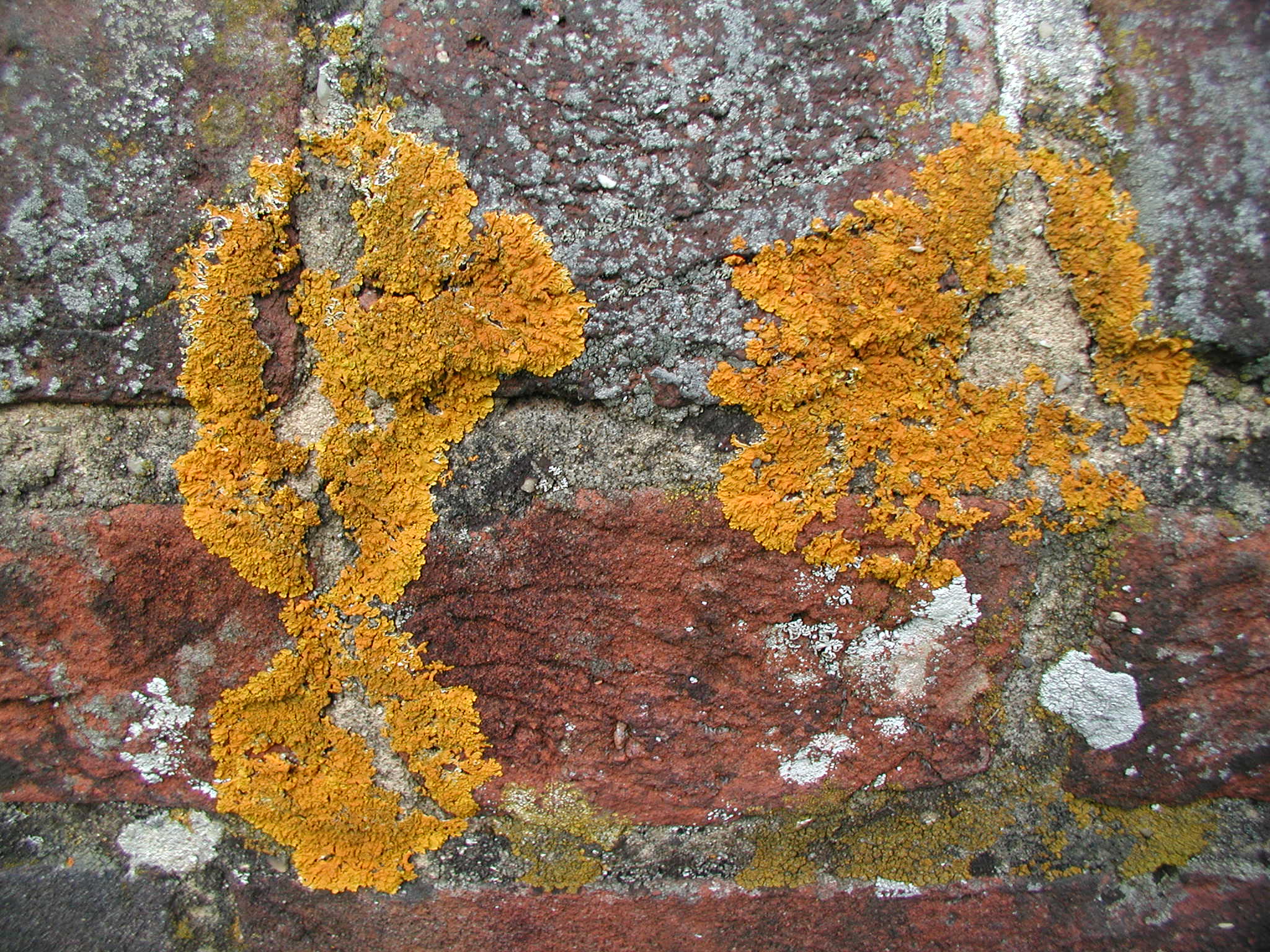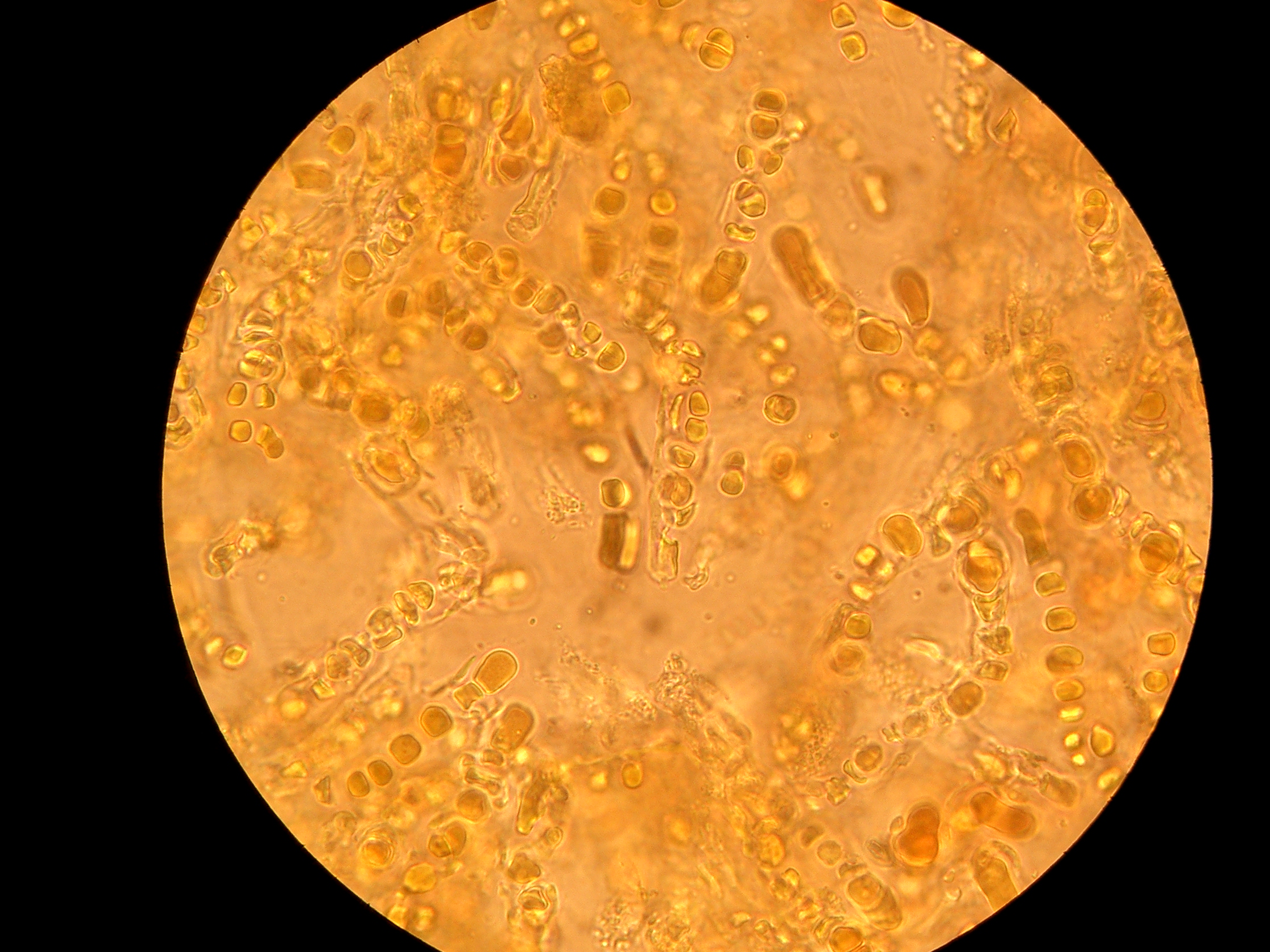|
Calicium Laevigatum
''Calicium laevigatum'' is a crustose lichen that is found growing on tree In botany, a tree is a perennial plant with an elongated stem, or trunk, usually supporting branches and leaves. In some usages, the definition of a tree may be narrower, including only woody plants with secondary growth, plants that are ...s in the South West region of Western Australia. References laevigatum Lichen species Lichens described in 2006 Lichens of Australia Taxa named by Leif Tibell {{Caliciales-stub ... [...More Info...] [...Related Items...] OR: [Wikipedia] [Google] [Baidu] |
Tibell
Leif Tibell (born 16 November 1944) is a Swedish lichenologist and Emeritus Professor at the University of Uppsala. He is known for his expertise on calicioid lichens. He was awarded the Acharius Medal in 2012 for lifetime achievements in lichenology. Biography Tibell was born in Gothenburg, Sweden, in 1944. He developed an interest in lichens at a young age after meeting the prominent lichenologist Gunnar Degelius through the Gothenburg Botanical Garden, where they were both members. Degelius mentored Tibell, and recommended to him that he should study the subject at Uppsala University, which he did after moving there in the mid 1960s. He continued with graduate studies under the supervision of Rolf Santesson after accompanying him on a research excursion to Norway's Varanger Peninsula in 1966. Santesson was Curator of the Herbarium at the Botany Department. He was also the father of Johan Santesson, who knew Tibell through an organic chemistry research group they were bo ... [...More Info...] [...Related Items...] OR: [Wikipedia] [Google] [Baidu] |
Crustose Lichen
Crustose lichens are lichens that form a crust which strongly adheres to the substrate (soil, rock, tree bark, etc.), making separation from the substrate impossible without destruction. The basic structure of crustose lichens consists of a cortex layer, an algal layer, and a medulla. The upper cortex layer is differentiated and is usually pigmented. The algal layer lies beneath the cortex. The medulla fastens the lichen to the substrate and is made up of fungal hyphae. The surface of crustose lichens is characterized by branching cracks that periodically close in response to climatic variations such as alternate wetting and drying regimes. Subtypes * Powdery – considered as the simplest subtype due to the absence of an organized thallus. :The thallus appears powdery. :E.g. Genera '' Lepraria'', ''Vezdaea'' * Endolithic – grows inside the rock, usually in interstitial spaces between mineral grains. The :upper cortex is usually developed. :E.g. Genus '' Lecidea'' * Epi ... [...More Info...] [...Related Items...] OR: [Wikipedia] [Google] [Baidu] |
Lichen
A lichen ( , ) is a composite organism that arises from algae or cyanobacteria living among filaments of multiple fungi species in a mutualistic relationship.Introduction to Lichens – An Alliance between Kingdoms . University of California Museum of Paleontology. Lichens have properties different from those of their component organisms. They come in many colors, sizes, and forms and are sometimes plant-like, but are not plants. They may have tiny, leafless branches ( fruticose); flat leaf-like structures ( foliose); grow crust ... [...More Info...] [...Related Items...] OR: [Wikipedia] [Google] [Baidu] |
Tree
In botany, a tree is a perennial plant with an elongated stem, or trunk, usually supporting branches and leaves. In some usages, the definition of a tree may be narrower, including only woody plants with secondary growth, plants that are usable as lumber or plants above a specified height. In wider definitions, the taller palms, tree ferns, bananas, and bamboos are also trees. Trees are not a taxonomic group but include a variety of plant species that have independently evolved a trunk and branches as a way to tower above other plants to compete for sunlight. The majority of tree species are angiosperms or hardwoods; of the rest, many are gymnosperms or softwoods. Trees tend to be long-lived, some reaching several thousand years old. Trees have been in existence for 370 million years. It is estimated that there are some three trillion mature trees in the world. A tree typically has many secondary branches supported clear of the ground by the trunk. This trunk typi ... [...More Info...] [...Related Items...] OR: [Wikipedia] [Google] [Baidu] |
South West (Western Australia)
The South West region is one of the nine regions of Western Australia. It has an area of 23,970 km2, and a population of about 170,000 people. Bunbury is the main city in the region. Climate The South West has a Mediterranean climate, with dry summers and wet winters. There is about 900 mm of precipitation per year, with most between May and September. Bunburyonline. Mean maximum daily temperatures range from 16 °C in July to 34 °C in February. Economy The economy of the South West is very diverse. It is a major world producer of aluminium oxide and mineral sands, and als ...[...More Info...] [...Related Items...] OR: [Wikipedia] [Google] [Baidu] |
Calicium
''Calicium'' is a genus of leprose lichens. It is in the family Caliciaceae. The sexual reproduction structures are a mass of loose ascospores that are enclosed by a cup shaped exciple sitting on top of a tiny stalk, having the appearance of a dressmaker's pin (called a mazaedium), hence the common name pin lichen.Field Guide to California Lichens, Stephen Sharnoff, Yale University Press, 2014, They are also commonly called stubble lichens. They have been used as indicator species for old growth redwood forests. Evolutionary history The discovery of a ''Calicium''-like fossil in Baltic amber dating back 55–35 myr indicates that the main distinguishing characteristics of this genus have persisted for at least tens of millions of years. A fossil-calibrated phylogeny that includes this fossil suggests that the family Caliciaceae diversified from its most recent common ancestor 103–156 Myr ago in the early Cretaceous. Species , Species Fungorum accepts 36 species ... [...More Info...] [...Related Items...] OR: [Wikipedia] [Google] [Baidu] |
Lichen Species
A lichen ( , ) is a composite organism that arises from algae or cyanobacteria living among filaments of multiple fungi species in a mutualistic relationship.Introduction to Lichens – An Alliance between Kingdoms . University of California Museum of Paleontology. Lichens have properties different from those of their component organisms. They come in many colors, sizes, and forms and are sometimes plant-like, but are not s. They may have tiny, leafless branches ( fruticose); flat leaf-like structures ( [...More Info...] [...Related Items...] OR: [Wikipedia] [Google] [Baidu] |
Lichens Described In 2006
A lichen ( , ) is a composite organism that arises from algae or cyanobacteria living among filaments of multiple fungi species in a mutualistic relationship.Introduction to Lichens – An Alliance between Kingdoms . University of California Museum of Paleontology. Lichens have properties different from those of their component organisms. They come in many colors, sizes, and forms and are sometimes plant-like, but are not s. They may have tiny, leafless branches (); flat leaf-like structures ( [...More Info...] [...Related Items...] OR: [Wikipedia] [Google] [Baidu] |
Lichens Of Australia
A lichen ( , ) is a composite organism that arises from algae or cyanobacteria living among filaments of multiple fungi species in a mutualistic relationship.Introduction to Lichens – An Alliance between Kingdoms . University of California Museum of Paleontology. Lichens have properties different from those of their component organisms. They come in many colors, sizes, and forms and are sometimes plant-like, but are not s. They may have tiny, leafless branches ( fruticose); flat leaf-like structures ( [...More Info...] [...Related Items...] OR: [Wikipedia] [Google] [Baidu] |




